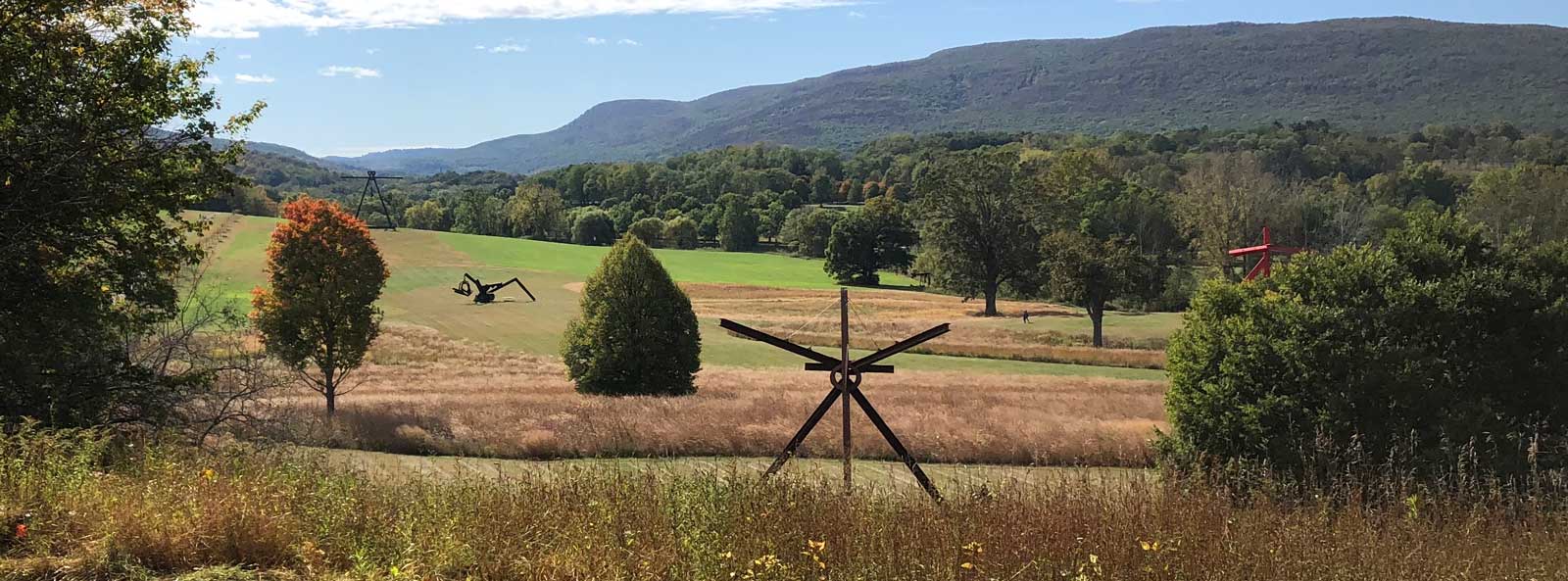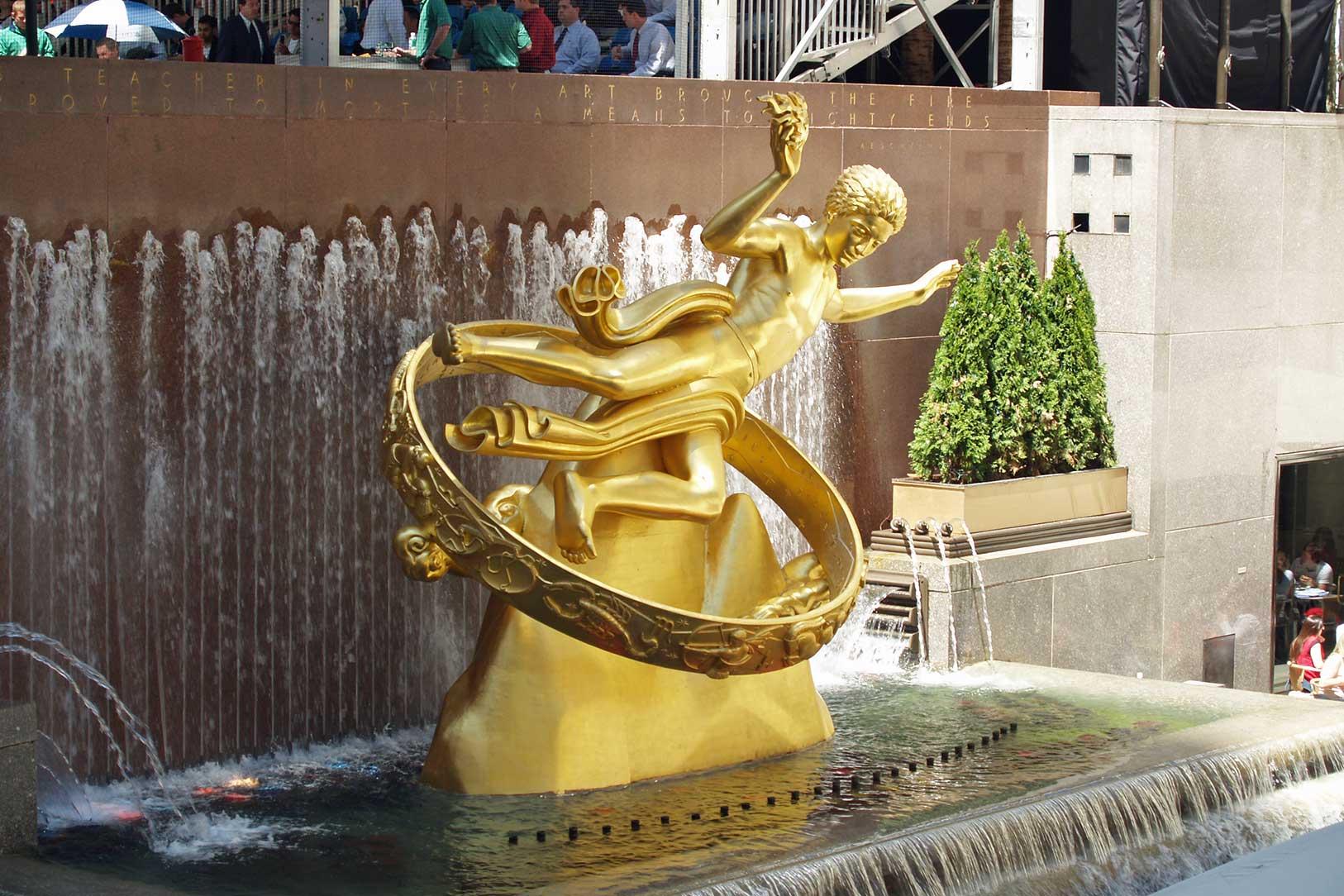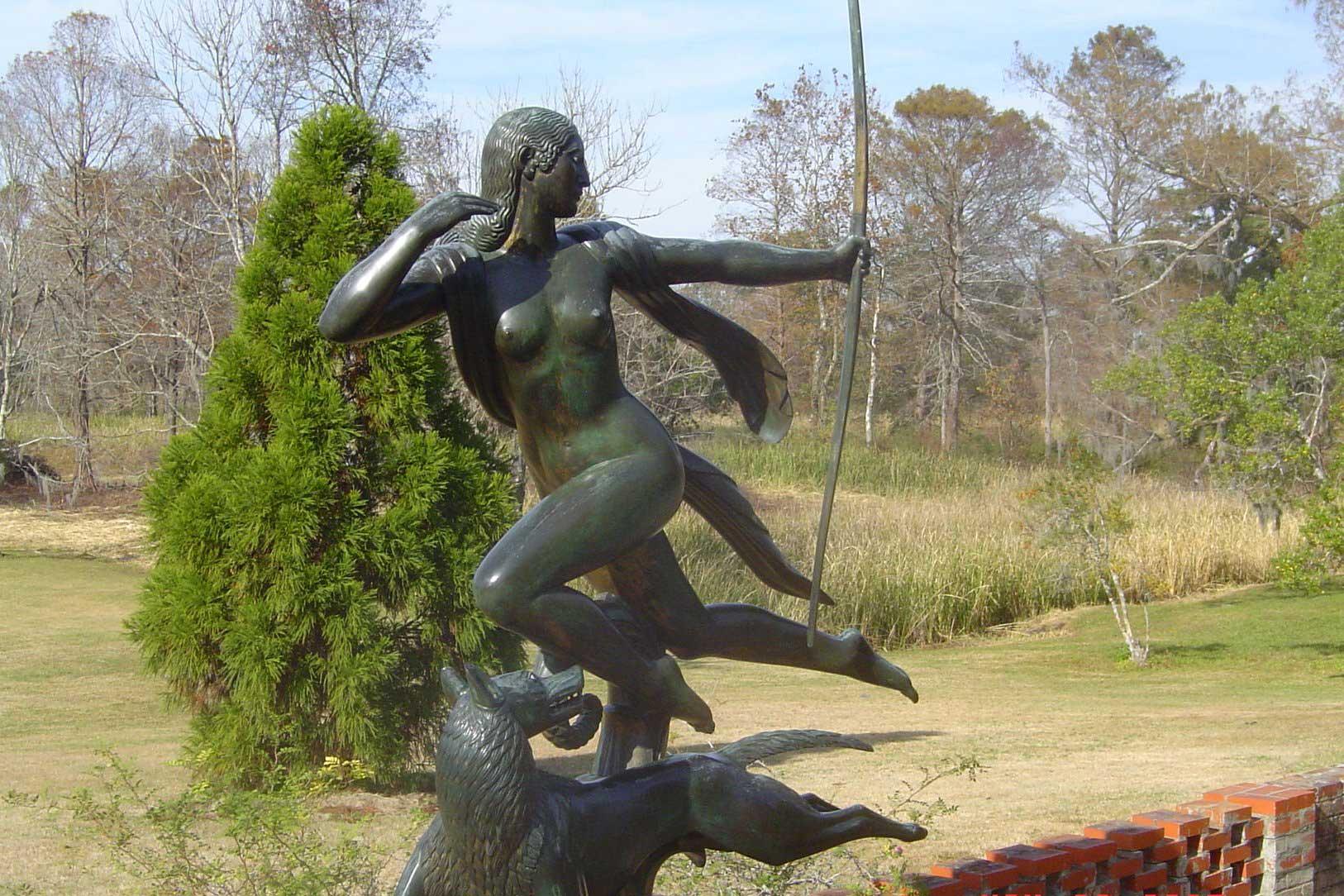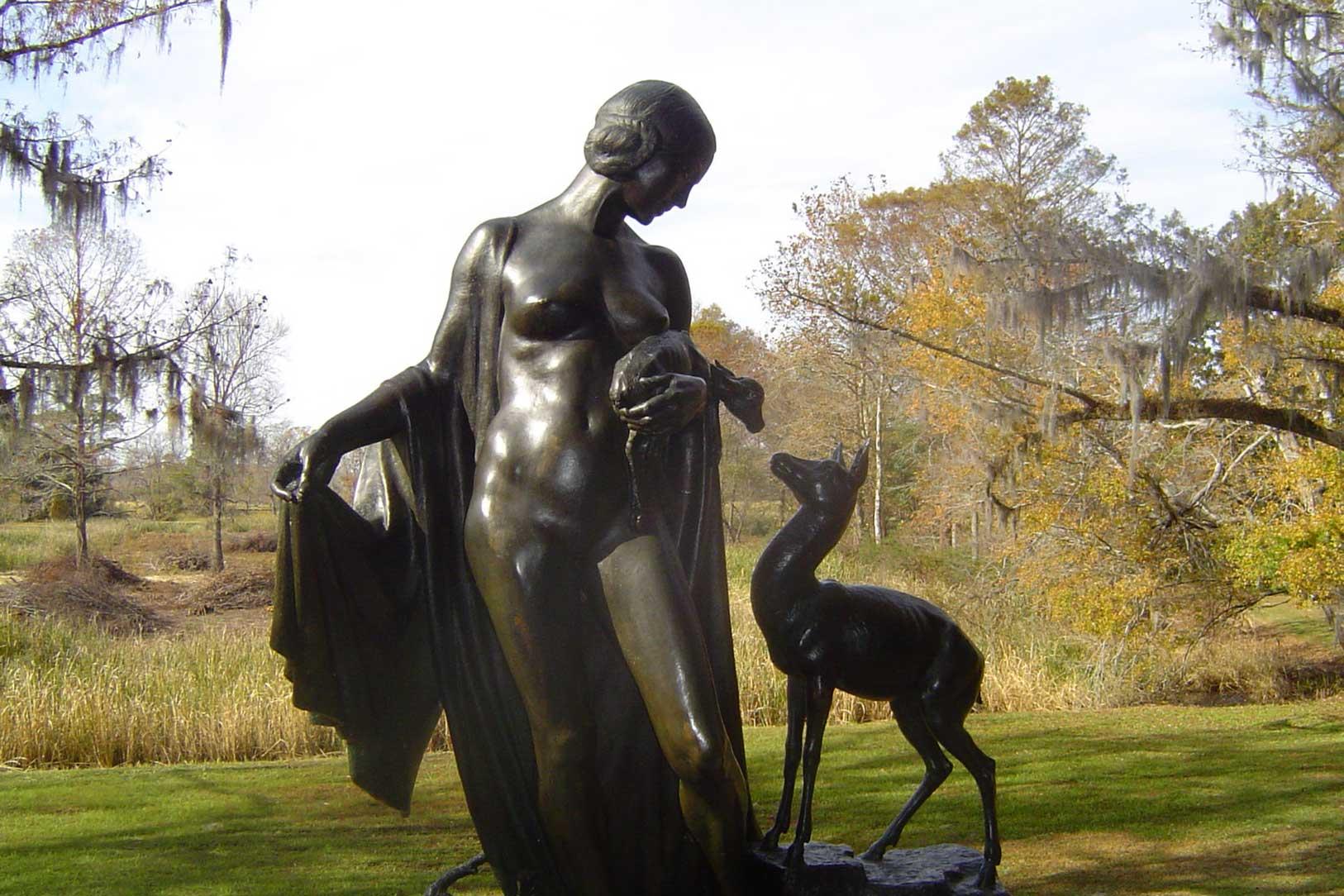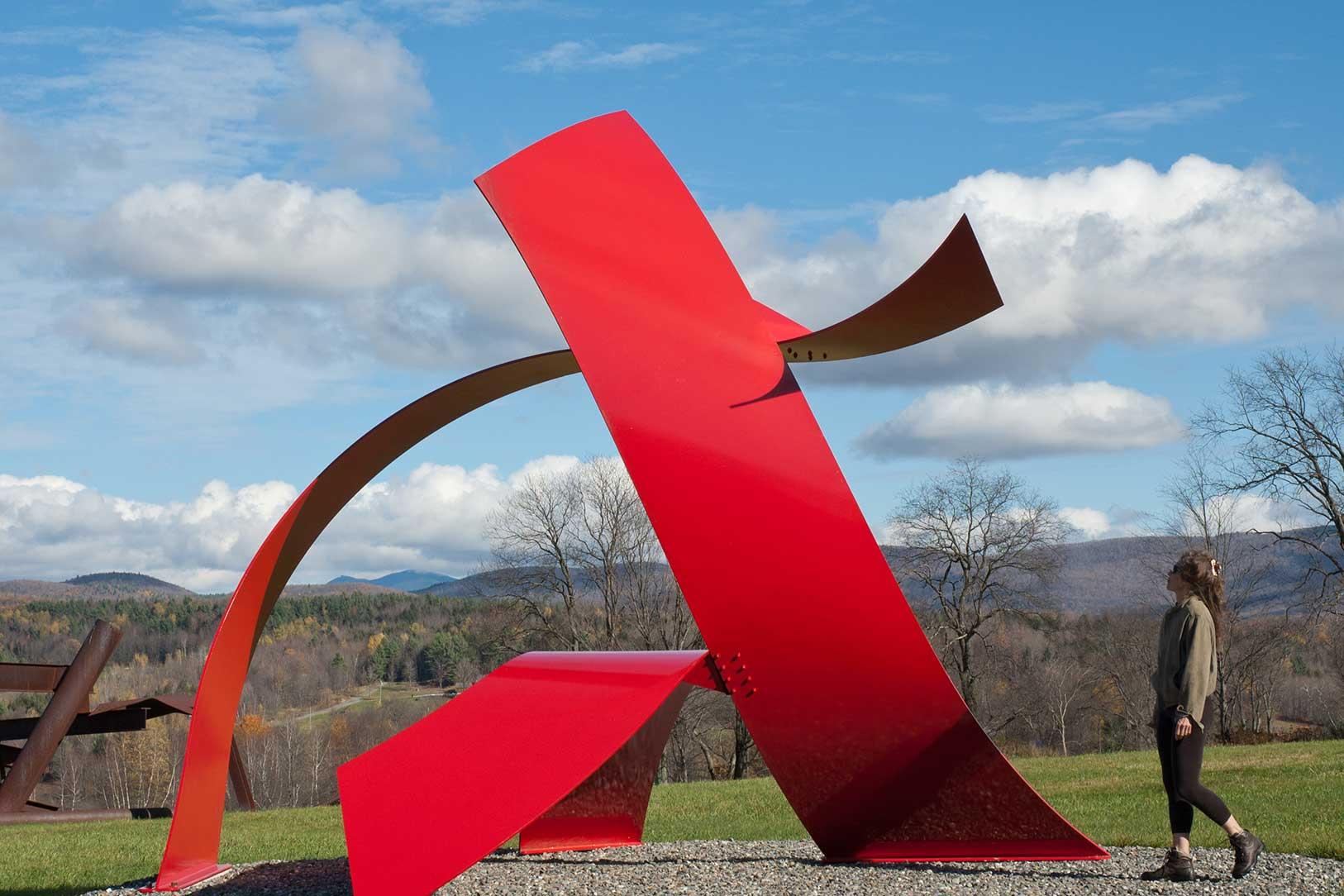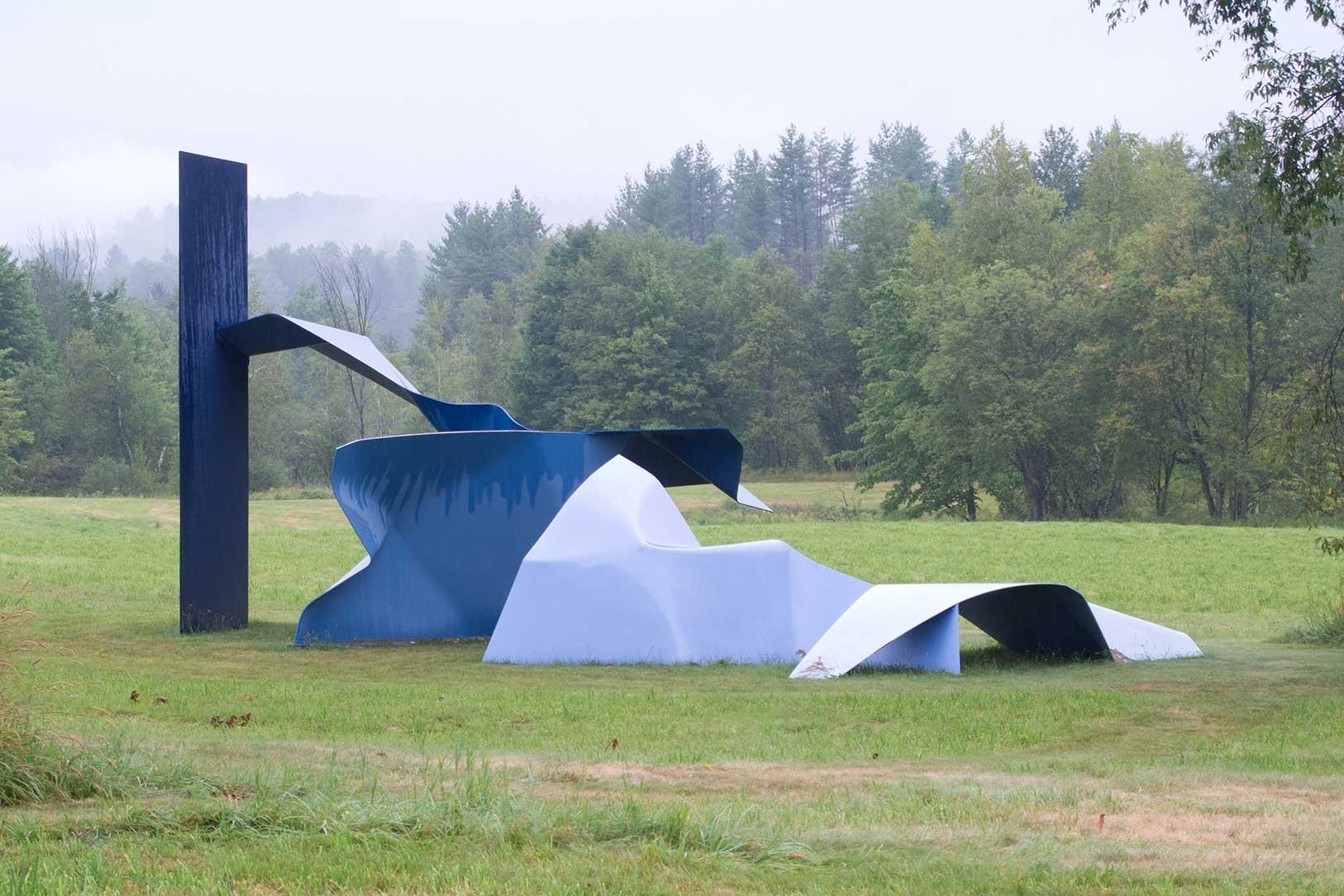Sculpture parks are the original immersive experience. Merging an art encounter with the land engages all the senses. Along with our reactions to wind, rain, sun, and the smell of newly mowed grass, these parks also allow for the free flow of human interaction. The popularity of visiting outdoor art exhibitions has only increased during our recent pandemic-infused anxiety, while we tried to avoid close contact with strangers indoors. This increased traffic has taken its toll on the land and the artwork. How art conservators work with landscape designers, artists, and curators requires special skills and considerations that vary depending on the geography and cultural implications of the site.
There is a long international history of siting sculpture in outdoor settings that goes back centuries. The earliest evidence of three-dimensional art-making dates back 175,000 years ago with Neanderthals creating ring-like structures of stacked rocks in a cave, which were discovered in France in 1990. During the Renaissance, the Italian humanist Leon Battista Alberti (1404-1472) declared that the gardens of country estates should include “…planters where vines can climb, placed on marble columns; vases and amusing statues, provided they are not obscene.” Sculpture integrated with the land evolved with the support of public and private partnerships between cultural institutions and public municipalities. Today Wikipedia lists over 370 sculpture parks worldwide. New York is home to at least 45 sculpture parks and gardens from Manhattan’s Socrates Sculpture Park founded in 1986 by sculptor Mark di Suvero, to Storm King Art Center in Upstate New York, one of the best-known and oldest parks of its kind.




